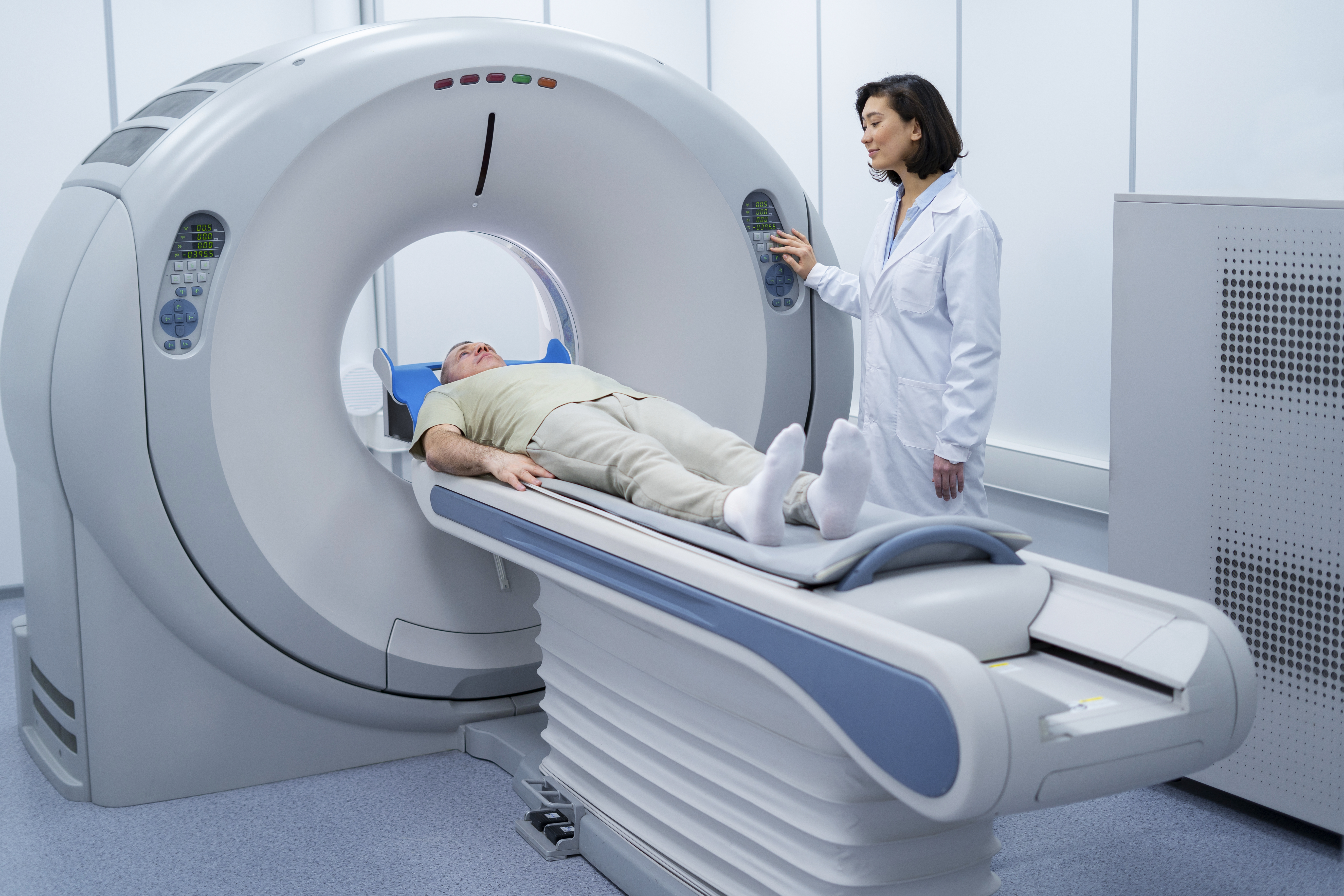Introduction
An abdominal CT is a special imaging test that uses X-rays and a computer to create detailed pictures of your belly area. Doctors often call this test a CT scan of the abdomen or an abdominal imaging test. Usually, doctors order this scan to help find the cause of pain, swelling, or other problems inside your abdomen. Because it gives clear images, an abdominal CT helps doctors see organs, blood vessels, and tissues more clearly than a regular X-ray.
What is an Abdominal CT?
An abdominal CT, or computed tomography scan, takes many X-ray images from different angles. Then, a computer combines these images to make cross-sectional pictures of your abdomen. These pictures show your liver, kidneys, intestines, and other organs in great detail. Sometimes, doctors use a dye called contrast to make certain areas stand out more.
Why is an Abdominal CT Performed?
Doctors order an abdominal CT for many reasons. For example, it helps find the cause of pain, swelling, or unexplained symptoms. In addition, this scan can help diagnose or monitor conditions such as:
Sometimes, doctors use this test to check how well a treatment is working. According to the Centers for Disease Control and Prevention (CDC), CT scans are important tools for diagnosing many health issues.
How to Prepare for an Abdominal CT
Before your abdominal CT, your doctor will give you instructions. However, most people need to follow these steps:
Sometimes, you may need to drink a special liquid or get an injection of contrast dye. This helps certain organs show up better on the scan.
What to Expect During the Procedure
When you arrive for your abdominal CT, a technologist will explain the process. First, you may need to change into a gown. Next, you will lie on a table that slides into the CT scanner. The scanner is a large, doughnut-shaped machine. During the scan, you will need to stay very still. Sometimes, the technologist will ask you to hold your breath for a few seconds. The scan usually takes about 10 to 30 minutes. Afterward, you can go home and return to normal activities.
Risks and Safety of Abdominal CT
Abdominal CT scans are generally safe. However, they do use a small amount of radiation. For most people, the benefits outweigh the risks. Still, it is important to tell your doctor if you are pregnant or think you might be. Some people may have a mild reaction to the contrast dye, such as itching or a rash. Serious reactions are rare. The World Health Organization (WHO) notes that CT scans are safe when used properly and only when needed.
Understanding Your Results
After your scan, a radiologist will review the images. Then, your doctor will explain the results to you. Sometimes, the results are ready the same day. Other times, you may need to wait a few days. The results will help your doctor decide on the next steps for your care. If you searched for an “abdominal CT scan near me,” your local clinic or hospital can also help explain your results.
Frequently Asked Questions (FAQs)
Conclusion
Abdominal CT scans are helpful tools for finding and treating many health problems. If you have questions or concerns, consult a radiology specialist for personalized advice about abdominal CT scans.

